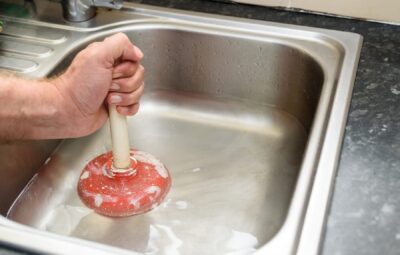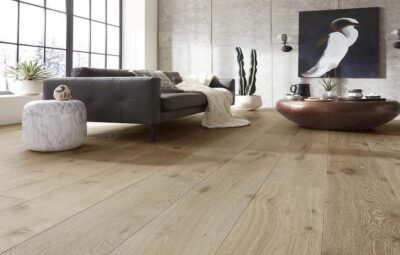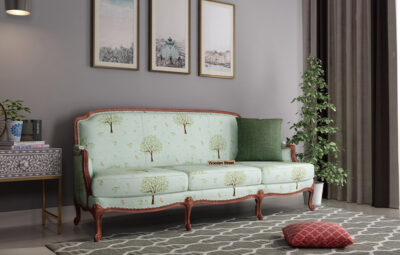Wine is the beverage of choice for many different occasions in life, including celebrations, meals, and unwinding at the end of the day. If you want to get the most out of each bottle of wine, it is essential that you store it properly and serve it at the ideal temperature. In order to help you choose the best fridge for your collection, we have put together this shopping guide.
In-Wall and Free-Standing Examples Examination of Specific Wine Refrigerators.
Is it better to: In-Wall or Stand-Alone?
Freestanding wine refrigerators are built to sit on the floor and may be placed wherever there is an available electrical outlet. The finished sides of the units ensure that they look good wherever you chose to install one. Countertop units are a great way to provide quick and easy access to your most often used small-item collections.
Integrating wine storage inside cabinets allows for a clean and personalised look. Their front ventilation ensures proper operation even in restricted spaces. You may employ built-in appliances in a brand new build or a major kitchen renovation. These spacesavers are designed to go in the void between two base cabinets.
However, built-in refrigerators don’t really need any kind of “building in” since their sides and tops are already finished. They function adequately when used alone, making them the most flexible choice. These versions come in a variety of widths, making it easy to fit them into preexisting cabinets. Panel-ready wine refrigerators enable you to customise the fronts to match the aesthetic of your existing cabinets. Choosing the best dual zone wine and beverage cooler is essential here.
Wine and beverage chillers: Modularity and Capacity
Whether you’re just starting out or already have dozens of your favourite vintages, there is a wine cooler that can handle all of them. Some cellars are built specifically for ageing wine, while others can accommodate both wine and canned beverages. Bottles stored on wine racks are held at an angle that allows gravity to pull the wine up toward the bottle’s neck. This stops the cork from drying up and fracturing, which might allow toxic air to seep into the bottle.
Units that can hold not just wine but also beer, canned soft drinks, and bottled water are a great choice for family-friendly gathering places like restaurants and bars. Most beverage and wine coolers include several temperature zones that work together to keep the liquids at the ideal serving temperature.
Keeping Different Wines at Their Ideal Temperatures
Regulation of Temperature
Serving wine at the ideal temperature is essential for maximising its aromatic potential. The ideal temperature may vary somewhat from type to kind; however the following is a good general guideline to keep in mind:
Champagne and Sparkling Wine: 40–50 degrees Fahrenheit
Single-zone wine coolers will enough if you seldom or never consume more than one kind of wine. A dual-zone refrigerator allows you to separate wine from other beverages. The two different temperatures required for whites and reds may be maintained in the same device. You may have even more flexibility by choosing between wine coolers with three and four temperature zones.






